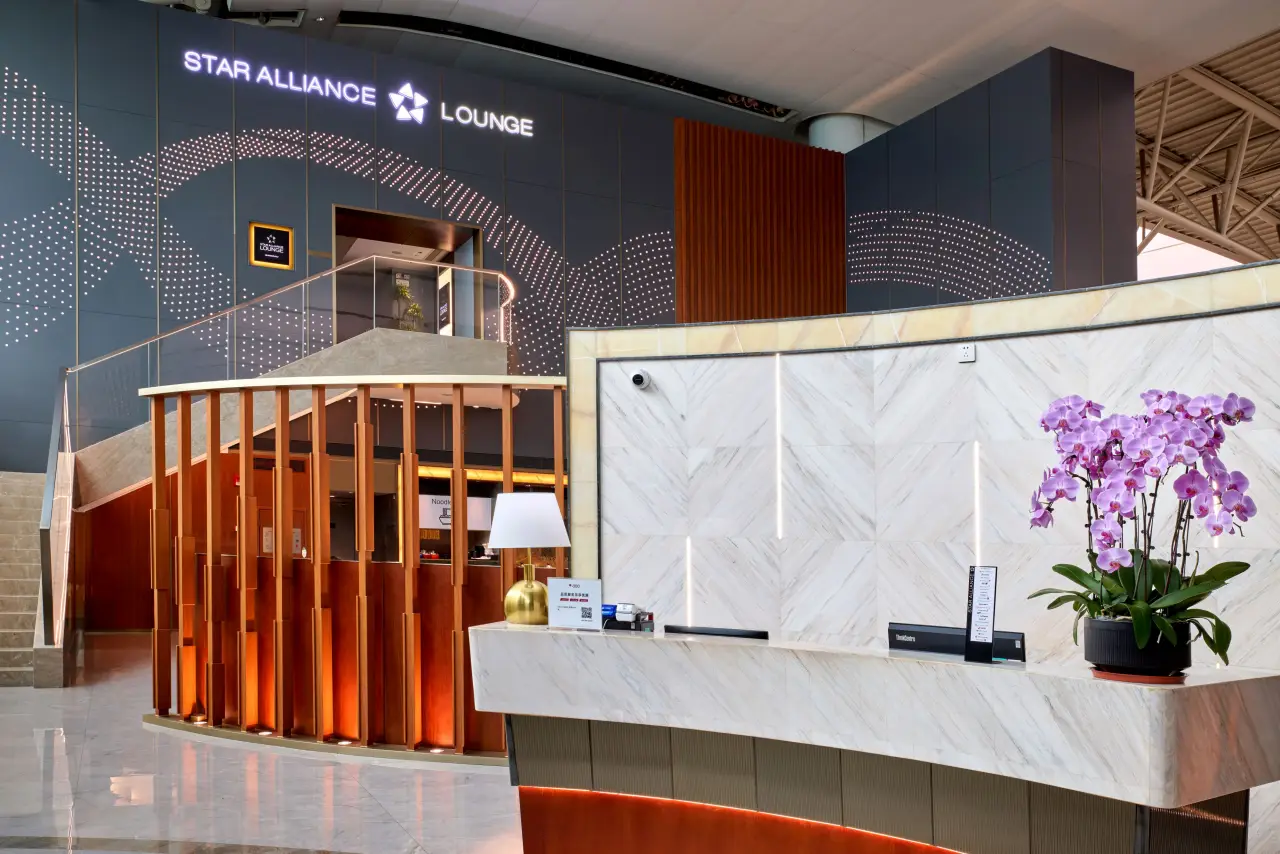When the average Americans hear about a casino, they probably think of the massive resorts of Las Vegas or the welcoming tribal gambling houses all around the country. When hearing the same, a European will probably think of a much less flashy building with much more history hidden among its walls.
Europe is not only the home to organized gambling but it also has some of the most beautiful and ancient casinos. The best-known is probably the Monte Carlo Casino in Monaco, attracting visitors and gamblers from all over the world. There are, in turn, many others that have attracted gamblers from all over the world long before Las Vegas was even founded.
Spielbank Wiesbaden
The curative properties of the thermal springs around Wiesbaden have been well-known since the Roman times but the small spa town only got notoriety in the early 19th century. When higher-class visitors started paying it more attention, calling for a more modern and beautiful resort. Thus, the first “Cursaal” of the town was built in 1810, designed by German architect Christian Zais. Throughout the century, the importance of Wiesbaden as a tourist destination has grown fast, with the number of its visitors exploding, leading to the building of a new, bigger resort with more services.
The new “Kurhaus” was designed by Friedrich von Thiersch and built between 1905 and 1907. The building complex included a park, ballrooms, reading rooms, concert halls, and what many have described one of the finest European casinos, the Wiesbaden Casino. To this day, it is one of the most beautiful casinos in Europe, occupying the former Winehall of the Kurhaus.

Kurhaus of Baden-Baden
The main structure of the Baden-Baden spa resort was designed by Friedrich Weinbrenner in 1824, complete with a casino – but this didn’t turn into a major attraction until the mid-1830s when gambling was banned in France. After this time, the Baden-Baden casino gained international fame as the most beautiful casino in the world (at least this is what German singer and actress Marlene Dietrich said about it during one of her frequent visits to the resort.

The Venice Casino
Few people know that Venice is the birthplace of organized and regulated gambling. “Il Ridotto” (The Private Room) was a wing of the Palazzo Dandolo that was converted into a government-run gambling house in 1638 that ran for more than 100 years before being closed by Giorgio Pisani in 1774. Venice was without a regulated gambling establishment until the 1930s, when a new one was opened at the Lido, a small island between the Venice lagoon and the Adriatic sea. And in the 1950s, the establishment found a new home: the Ca ‘Vendramin Calergi, a palazzo in the city’s Historic Center, overlooking the Grand Canal.
The Ca ‘Vendramin Calergi is a building with a long history. It was designed in the late 15th century by Mauro Codussi, commissioned by the local Loredan family. It was finished in 1509, after 28 years in construction (that was considered short at the time). Over the years, the palace changed hands several times before being purchased by the City Council of Venice in 1946 and turned into the winter home of the Venice Casino in 1959.















